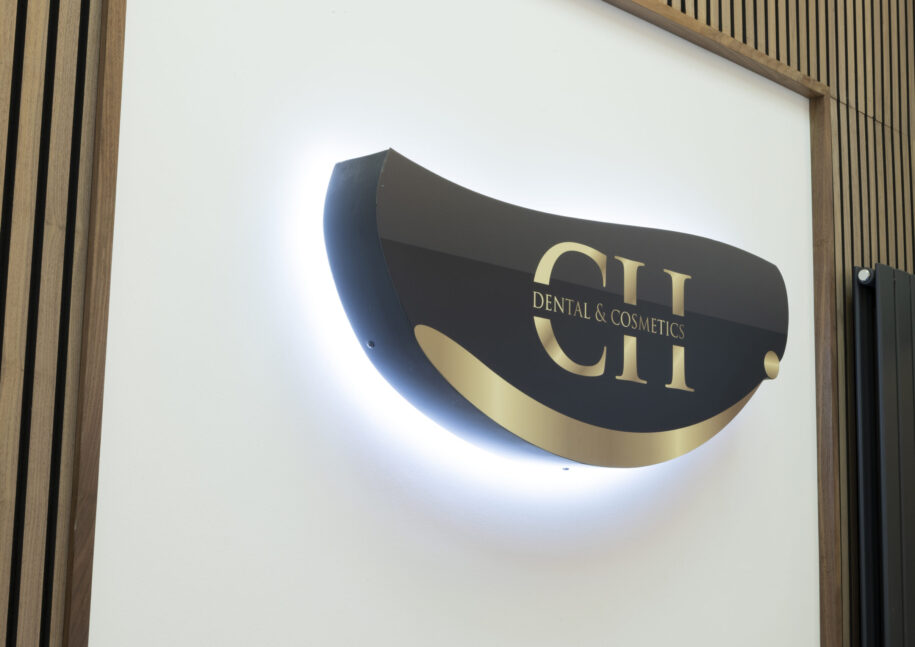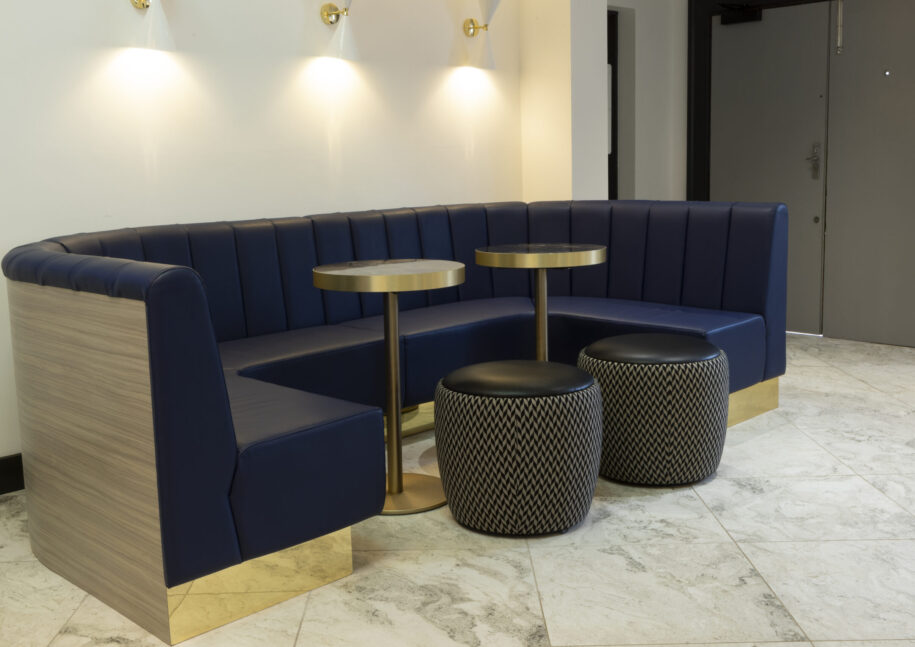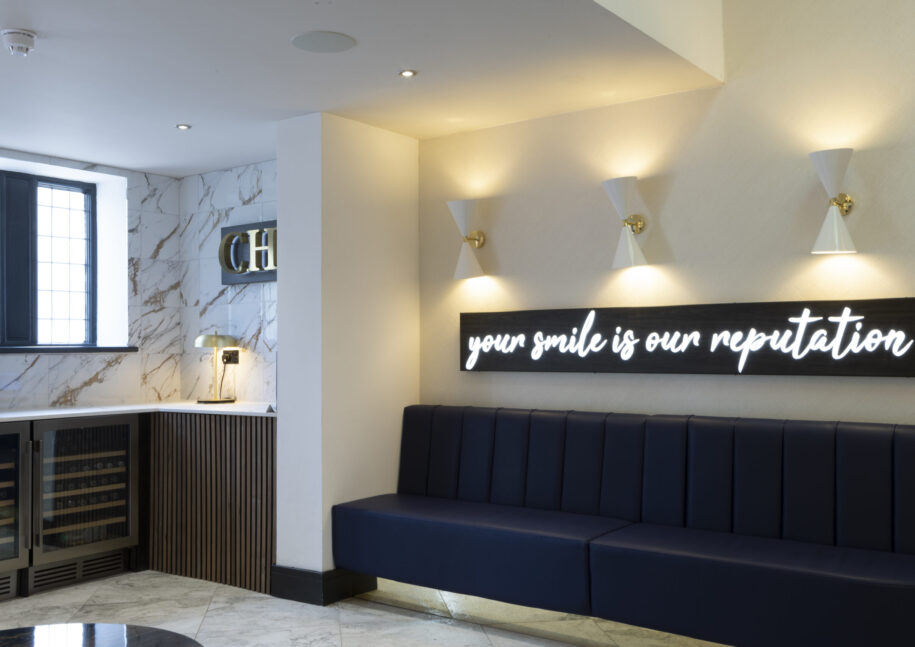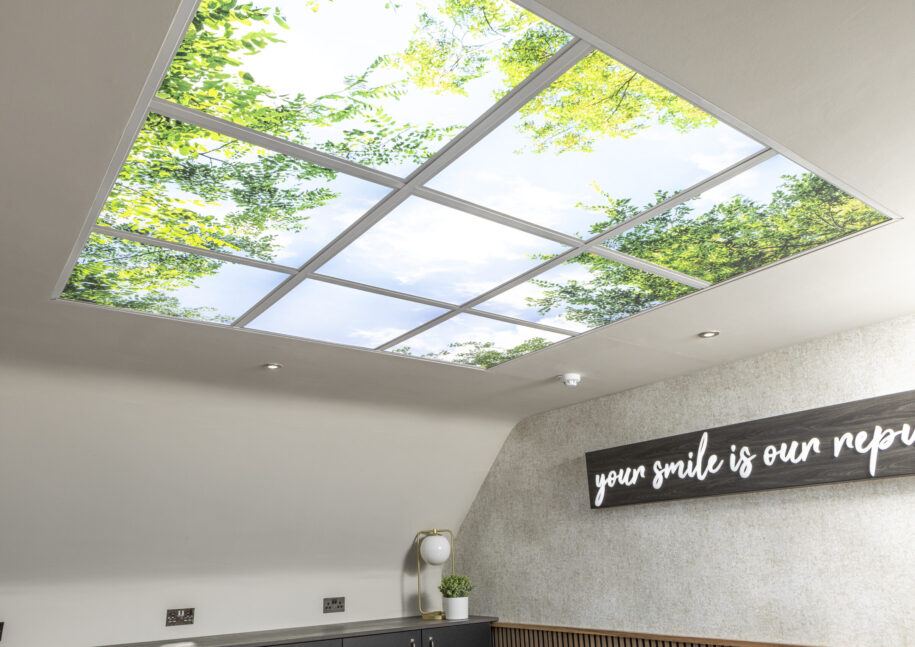21 June 2024
Laser Dental Treatment: Procedures, Benefits and Patient Experiences
 Since 1989, laser dental treatment has offered a less invasive and potentially more comfortable option when treating dental issues affecting soft and hard tissues compared to procedures using traditional dental tools such as drills.
Since 1989, laser dental treatment has offered a less invasive and potentially more comfortable option when treating dental issues affecting soft and hard tissues compared to procedures using traditional dental tools such as drills.
Modern advances in dental methods have improved the patient experience. Laser dental treatment provides several benefits to patients when treating common dental issues, although lasers might not be suitable for everyone.
How Does Laser Dentistry Work?
Laser dental treatment uses light energy to reshape teeth or gum tissue to address common dental issues such as cavities, tooth sensitivity and gum disease. Laser dentistry uses a narrow beam of light to more precisely target the affected area of the oral cavity.
Lasers can replace the need for drills for certain procedures. The concentrated beam of light can reshape or cut away soft or hard tissues in the mouth and can reduce the risk of damaging surrounding tissues or teeth.
The Two Main Types of Laser Dentistry
1. Soft Tissue Procedures
Soft tissue laser procedures are used to reshape gum tissue. As the laser penetrates the tissue, it also seals any affected blood vessels which allows for a faster healing time. Examples of soft tissue laser dentistry include:
- treating gum disease – removing bacteria and sterilizing pockets of gum disease.
- gum contouring – reshaping or cutting away gum tissue to resolve issues such as a ‘gummy’ smile, where the gums cover most of the tooth.
- frenectomy – reduces or removes the frenulum, the tissue connecting the tongue to the floor of the mouth.
- removal of an overgrowth of tissue or folds of tissue formed due to ill-fitting dentures.
2. Hard Tissue Procedures
Hard tissue laser procedures are used to reshape or cut away teeth. Examples of common hard tissue procedures include:
- cavity treatment – cavities and tooth decay can be detected earlier using some lasers. Bacteria that cause tooth decay can also be removed.
- treating sensitivity – lasers can seal the tubules that become exposed when tooth enamel is worn to help reduce tooth sensitivity to heat and cold.
- root canal and tooth preparation – lasers can be used to repair fillings, remove infected tissue from a tooth, and to reshape a tooth when preparing them for composite bonding.
A qualified dentist will use a hard or soft tissue laser depending on the procedure. Sometimes both types of lasers may be employed to address a specific dental issue. Below are further examples of when laser dental treatment might be considered.
- teeth whitening – the laser activates the gel for an accelerated whitening process
- removal of benign tumours
- reducing temporomandibular joint (TMJ) pain
- treating cold sores
- treating obstructive sleep apnea by reshaping the tissues obstructing the airways
The Pros and Cons of Laser Dental Treatment
While advances in dental technology bring many benefits, it would be disingenuous not to acknowledge that they can also be disadvantageous in certain circumstances. Your dentist can advise you on the most suitable treatment for oral issues, including laser dentistry.
Pros of laser dentistry:
- can be more comfortable and less invasive than using traditional dental tools such as drills
- laser treatment is usually completed in fewer visits to a dental surgery which can make it more cost-effective
- soft tissue lasers can remove the need for stitches
- lasers promote clotting for less bleeding
- some laser dentistry procedures will not require the use of anaesthesia
- lasers sterilize areas and reduce the risk of infection
- the narrow laser beam reduces the risk of damaging surrounding tissues
- faster healing times, plus the greater chance of tissues regenerating
- can address dental anxiety
Cons of laser dentistry:
- can be more expensive than traditional dental treatment methods
- small risk of gum or tooth injury
- tooth pulp can sometimes be injured using a hard tissue laser
- not all dental procedures are suitable for laser dentistry
- lasers cannot treat teeth with certain pre-existing dental fillings such as metal amalgam
- sometimes traditional dental tools like drills may be required to complete a procedure when your bite needs adjusting or your teeth polished
- more invasive treatments may still require anaesthesia
What a patient should look for in their dentist
Your dentist will advise you on the most suitable treatments for a dental issue. This could include laser dental treatment.
If you are considering laser dentistry, look for a dentist qualified in using such techniques. You should enquire about their qualifications and whether they have undergone the appropriate training courses from recognized dental associations. If your regular dentist is not qualified to treat you using lasers, they may be able to recommend someone to you.
While there are risks, these risks remain small. Regarding patient experience, laser dentistry can be less invasive, more comfortable, and more cost-effective than traditional dental treatments. As treatments using lasers can require fewer visits to the dental surgery, it can also save on time needed off work as well as the cost of the treatment.
Costs are always a primary issue. The cost of laser dental treatment will vary depending on the procedure and the equipment needed. However, insurance and dental plans could cover laser dentistry, as reimbursement is often based on the cost of the procedure and not the type of treatment involved.
Dental anxiety can be a major issue for some people. Laser dentistry may ease such anxiety by removing the need for dental tools like drills, which can be the focal point of someone’s dental anxiety.
Final Thoughts
Laser dentistry can treat common dental issues including gum disease, cavities and tooth sensitivity. A laser has the potential to offer more comfortable treatment and to promote quicker healing of the affected area. Removing drills and other non-laser dental tools may also make dental treatments more accessible for patients who experience dental anxiety.
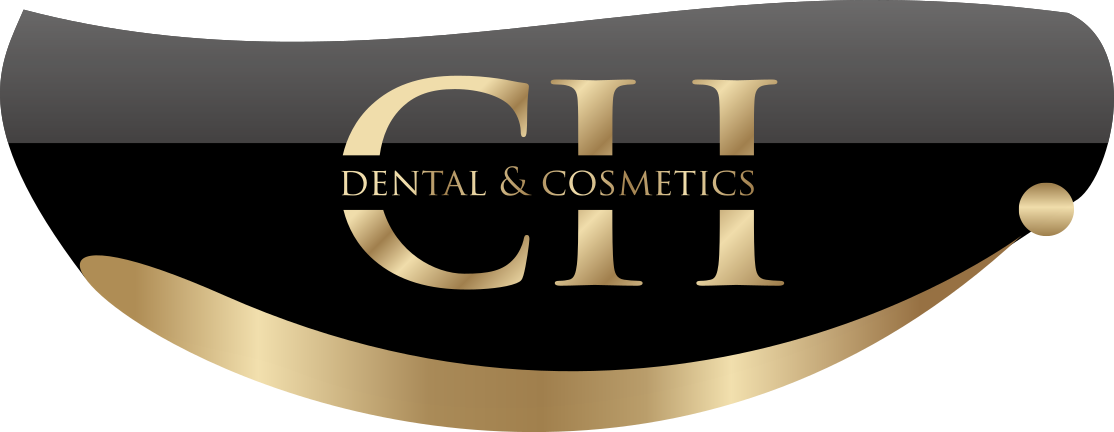
 Since 1989, laser dental treatment has offered a less invasive and potentially more comfortable option when treating dental issues affecting soft and hard tissues compared to procedures using traditional dental tools such as drills.
Since 1989, laser dental treatment has offered a less invasive and potentially more comfortable option when treating dental issues affecting soft and hard tissues compared to procedures using traditional dental tools such as drills.